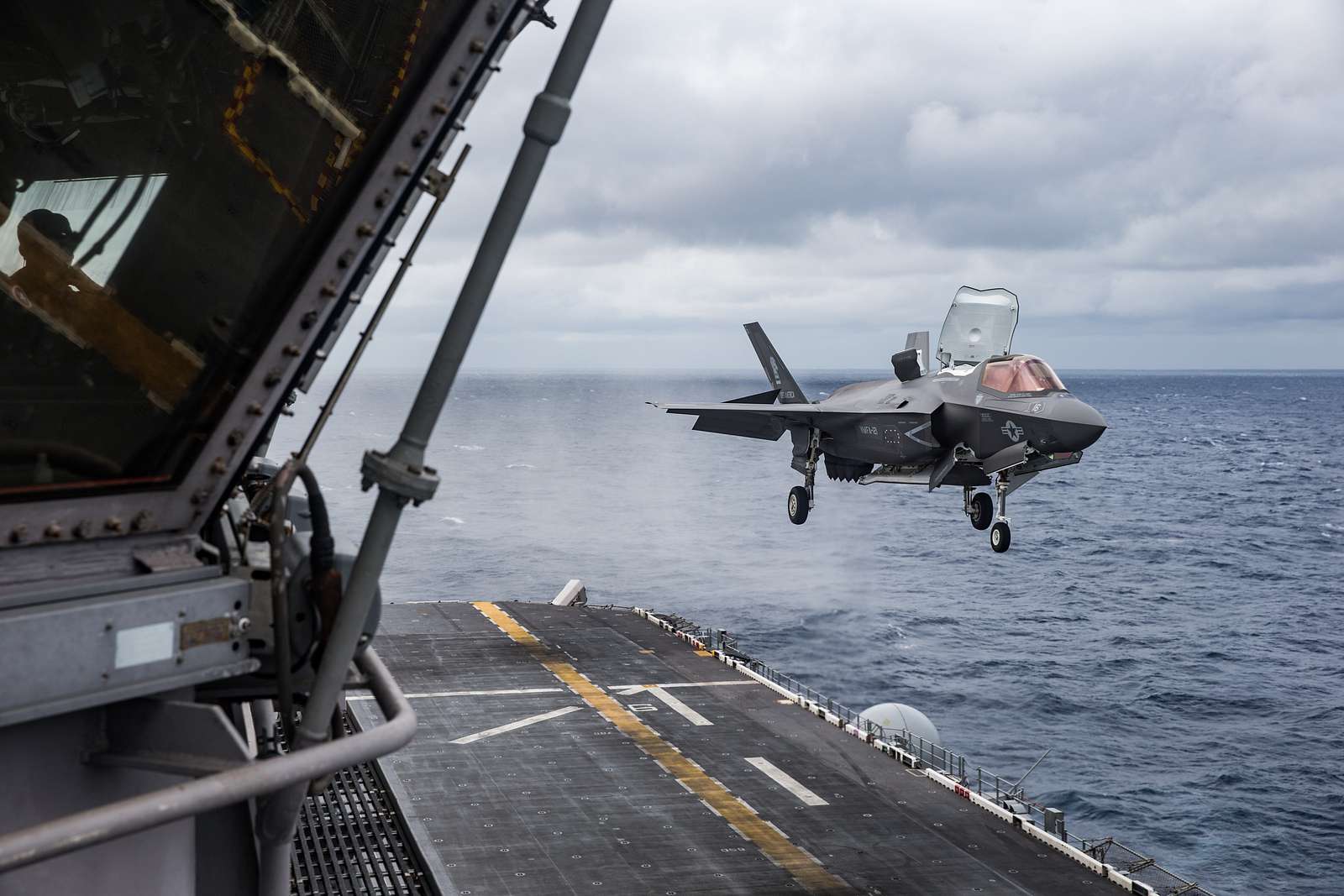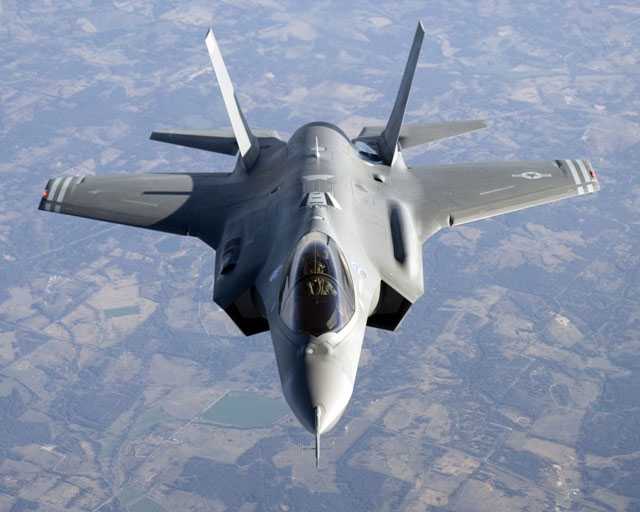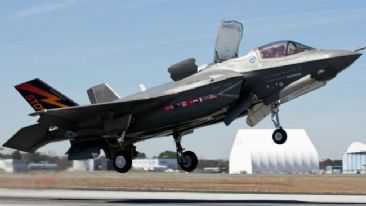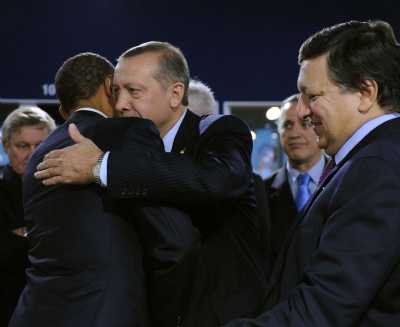Is kicking out Turkey from the F-35 fighter program the reason why the F-35 has become a failure?
Former Operations Specialist at United States Navy (USN) Eric Wicklund answers this question on quora as:
The F-35 is far and away the most successful stealth aircraft in the world. There are 890 of them in service with various nations. No other stealth fighter has matched production numbers like that.
There have been more F-35s placed into service than ALL of the F-22s, Chinese J-20s, Russian Su-57s, B-2s, B-21s, and F-117s…combined!
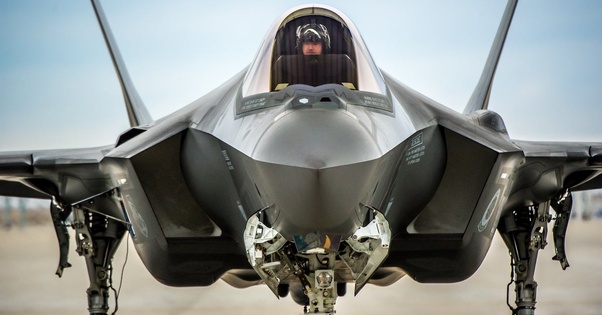
Yes, Turkey should have got some of them, and they would have. The US and NATO asked only that Turkey not import the Russian S-400 air defense system. Easy as that. And to all who claim that NATO members must follow the orders of the USA, well…Turkey is proof positive that NATO members don’t have to listen. Turkey bought the S-400 anyway, and that’s why they’ll not get the F-35. Yet Finland, who only now is joining NATO, already had a signed contract to get the F-35, prior to joining NATO.
- To all who will claim that the F-35 is too expensive, citing the oft-published 1.5 Trillion price tag, well, that’s the cost of acquisition, maintenance, and upgrades for thousands of aircraft for the next 50 years. You show me another plane that has costs covered over that same period of time, and tell me what the number is. I’ll bet you can’t even find it.
- Other detractors will mention that one F-16 or Rafale or Typhoon has shot down an F-35 in exercises. Well yeah, they did. There isn’t a single aircraft on this planet, that cannot “ever” be shot down. The West believes in “test until failure.” That means creating scenarios that are harder and harder, until the system of man and machine fails, then figure out how to avoid that failure. Then, once again, test until failure. What no detractor of the F-35 ever mentions is how many F-16s, Rafales, and Typhoons were shot down by the F-35 in exercises in response. Well, the answer is “hundreds.” I don’t have the exact number, but it’s very high, and that’s the whole point. If I shoot down many more of your guys before you shoot down mine, my guys/planes didn’t fail…yours did.
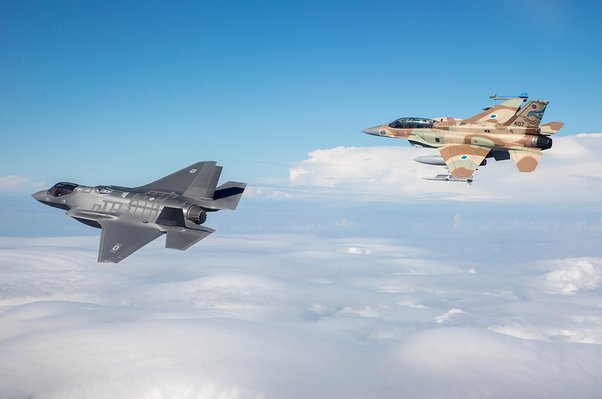
So, no, the F-35 is not a failure, it’s a stunning success. And Turkey not receiving the F-35 has no bearing whatsoever on that fact.
And if you don’t believe it coming from me, listen to Alex Hollings, who’s makes his living studying this stuff. Listen to what he has to say.

